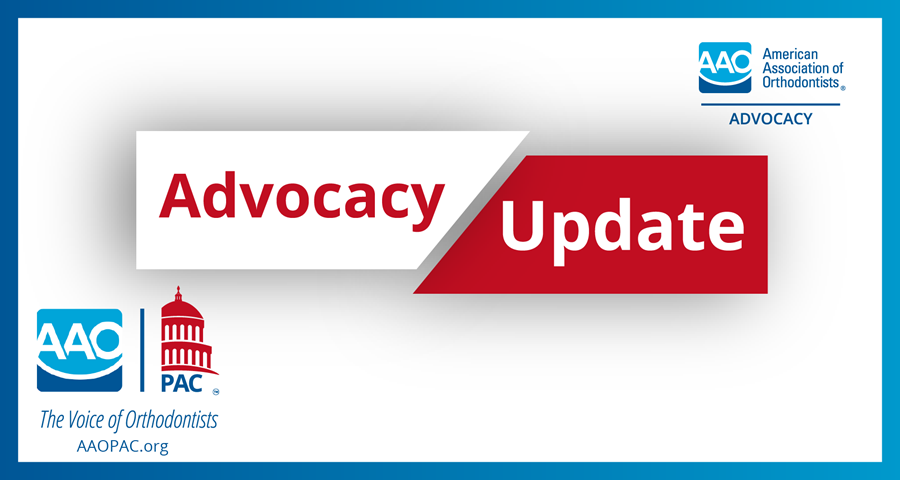The AAO recently responded to the U.S. Food & Drug Administration Center for Devices and Radiological Health’s Request for Public Comment on Increasing Patient Access to At-Home Use Medical Technologies.
The AAO emphasized that agency regulations, guidance, or other policies pertaining to teledentistry should consider ensuring that there is direct interaction between the doctor and the patient. AAO remains concerned that providing orthodontic treatment through a mail-order format may fall within the gaps of proper regulatory supervision, potentially posing significant risks to patient health and safety.
You can read the full letter by clicking here.
As described in the letter, the AAO believes there is an important role for home-based care to play in our health care system but has seen first-hand concerning trends in the orthodontic space where companies attempt to supplant care by licensed dentists. In some applications, at-home dentistry/teledentistry may be used to gain a cost advantage by the provider, but basic tenets of the standard of care can suffer in the process. One such application is any mail-order or direct-to-consumer (DTC) orthodontic treatment model where the patient never sees the dentist overseeing treatment in-person and may never have X-rays taken prior to starting treatment.
According to a survey of AAO members, an overwhelming majority of respondents (77 percent) said they have seen new patients come into their offices for retreatment after they attempted to use mail-order or DTC treatment first. Many of these patients visit an orthodontist with new problems and concerns and report that they did not receive an in-person examination from a dentist prior to starting the mail-order treatment.
This failure to receive an in-person examination can pose significant health risks to patients, since the in-person exam helps determine the appropriate course of care and whether a patient is a good candidate for orthodontic work. For some patients, this DTC treatment can alter critical oral functions, such as chewing, speaking, and movement of the jaw.
For more information about the potential negative impacts of mail-order orthodontic care, visit www.OrthoFacts.org.
AAOPAC Fuels Advocacy Efforts on This and Other Issues
AAOPAC helps fuel our advocacy success not only in Washington, D.C. but in ways that can also support our priorities at the state level across the country. Please consider making a 2023 contribution today at AAOPAC.org.



